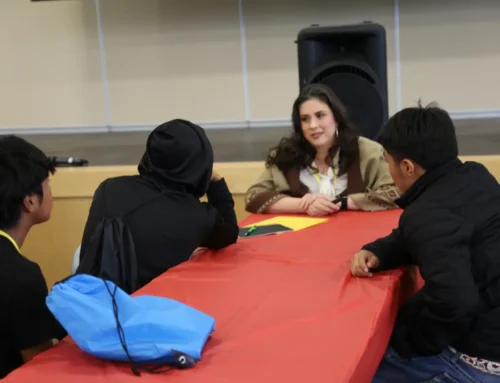If you ask a room full of 100 people what Computer Science is, you will likely get 100 different answers. While everyone’s definition may be different, if our goal as educators is to better equip students for college, career, and life, Computer Science education becomes vital for this mission. During the 2015 Washington State Legislative session, Substitute House Bill 1813 tasked OSPI with “adopt[ing] computer science learning standards developed by a nationally recognized computer science education organization.”1 To fulfill this obligation, the CSTA Computer Science K-12 Interim Standards were adopted in December 2016. When the final CSTA standards were published in 2017, the Washington State Computer Science K-12 Learning Standards2 were revised, and those are what we see today on OSPIs website.
While attention to computer science education has increased in recent years, a lack of awareness about its content and potential impact is widespread. Washington is committed to implementing high-quality computer science instruction to:
- Increase the opportunity for all students to gain knowledge of computer science.
- Introduce the fundamental concepts and applications of computer science to all students, beginning at the elementary school level.
- Make computer science at the secondary level accessible, worthy of a computer science credit, and/or equivalent to math and science courses as a required graduation credit.
- Offer additional secondary-level computer science instruction that allows interested students to study facets of computer science in depth and prepare them for entry into a career or college.
With these commitments in mind, the Computer Science standards are built on the following Core Concepts and Practices2:
Core Concepts:
- Computing Systems
- Networks and the Internet
- Data and Analysis
- Algorithms and Programming
- Impacts of Computing
Core Practices:
- Fostering an Inclusive and Diverse Computing Culture
- Collaborating
- Recognizing and Defining Computational Problems
- Developing and Using Abstractions
- Creating Computational Artifacts
- Testing and Refining
- Communicating
The Computer Science core practices “reflect behaviors and ways of thinking that students will use as they learn and implement the various concepts described in the framework,”2 similar to the eight Mathematical Practices found in the Common Core State Standards for Mathematics or the eight Science and Engineering Practices found in the Next Generation Science Standards. When looking at the various practices across the disciplines, we can see many that overlap and/or complement one another.
Whether you have been immersed in Computer Science education or are just starting to dip your toes in, there is a lot of great work being done around the state. The nine Educational Service Districts and OSPI have joined forces to increase and enhance Computer Science education. In our work together, we stay abreast of new learning and current trends, engage in shared professional learning as educators, and connect with outside partners like Code.org, CSforAll, and Girls Who Code (among others). If you would like to join our region’s Computer Science Networking Group or if you just have questions about Computer Science, reach out to Amy Colburn at the NWESD.
(1) – Substitute House Bill 1813 (Bill as Passed Legislature)
(2) – Washington State Computer Science K-12 Learning Standards




